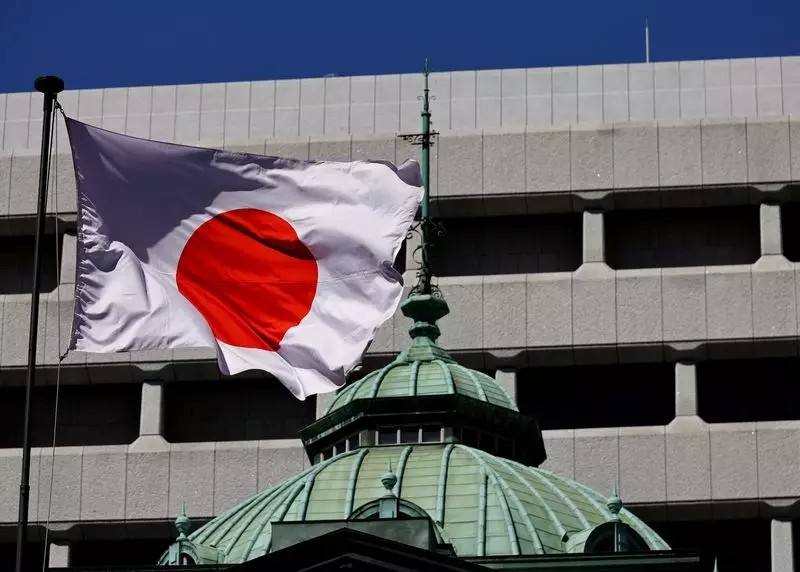The Bank of Japan remains committed to raising interest rates if inflation follows the path outlined in its forecast. According to policymaker Junko Nakagawa, the recent market turbulence has not derailed the central bank’s intention to gradually increase borrowing costs. Despite the potential risks associated with such a move, Nakagawa emphasized the importance of considering the impact of market fluctuations on the economy and price stability.
With real interest rates currently at very low levels, the Bank of Japan plans to adjust its monetary support measures to achieve its 2% inflation target sustainably and steadily. The decision to end negative interest rates in March and raise the short-term policy rate target to 0.25% in July marked a significant shift away from a prolonged period of aggressive monetary stimulus. The market reaction to the July rate hike, combined with external factors such as weak U.S. jobs data, has highlighted the potential challenges facing the central bank.
While Nakagawa reiterated the resilience of Japan’s economic fundamentals, she acknowledged the need to assess market developments following the policy shift in July. The appreciation of the yen against the dollar and the subsequent decline in global stock prices have underscored the interconnected nature of financial markets. In light of these developments, the Bank of Japan must carefully evaluate the impact of its actions on the broader economy before deciding on further rate increases.
Despite the uncertainties stemming from market volatility, Nakagawa pointed to potential upside risks in Japan’s price outlook. The combination of a tight labor market and ongoing increases in import prices could fuel inflationary pressures in the future. As the central bank navigates the complex landscape of monetary policy, it must strike a delicate balance between achieving its inflation target and supporting sustainable economic growth.
The Bank of Japan’s plan to raise interest rates is guided by a cautious approach that takes into account both domestic economic conditions and external market dynamics. While the recent market turbulence has introduced new challenges, the central bank remains committed to its goal of achieving price stability and sustaining economic growth in the long run. By adapting its monetary policy measures to changing circumstances, the Bank of Japan aims to foster a resilient and vibrant economy that can withstand future shocks.

